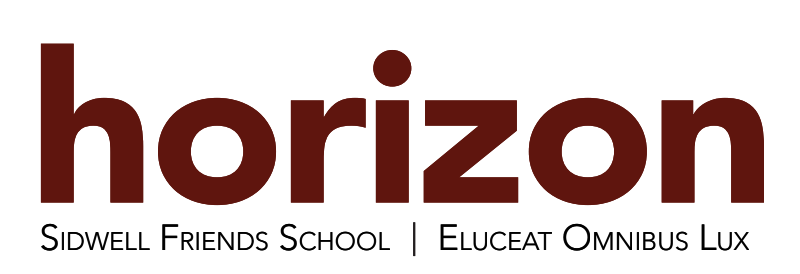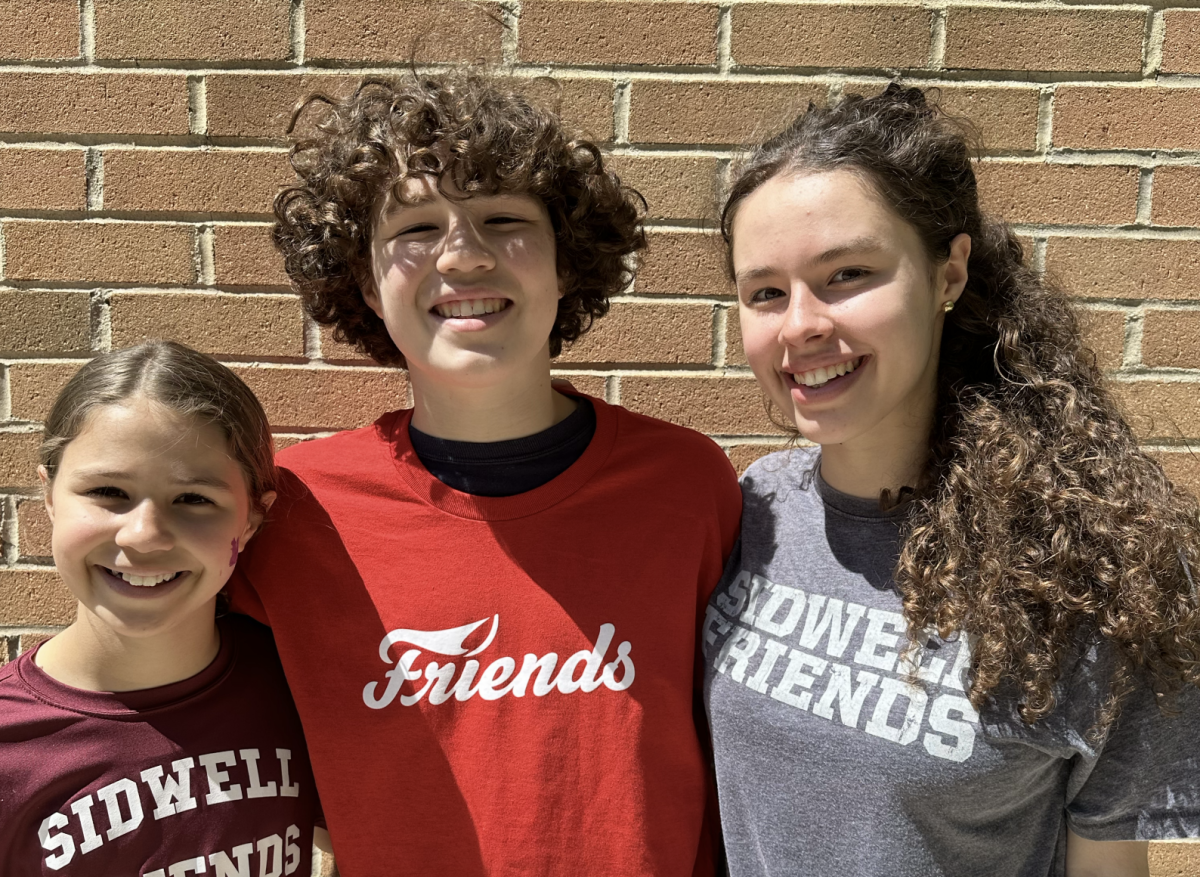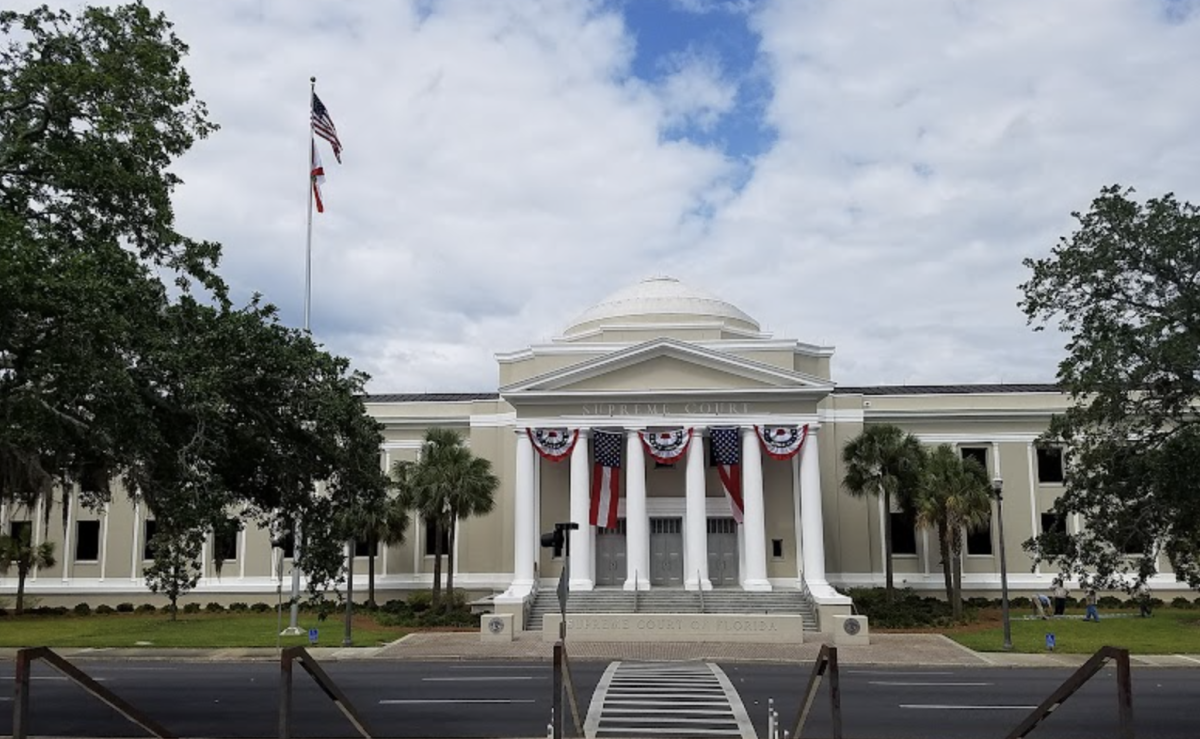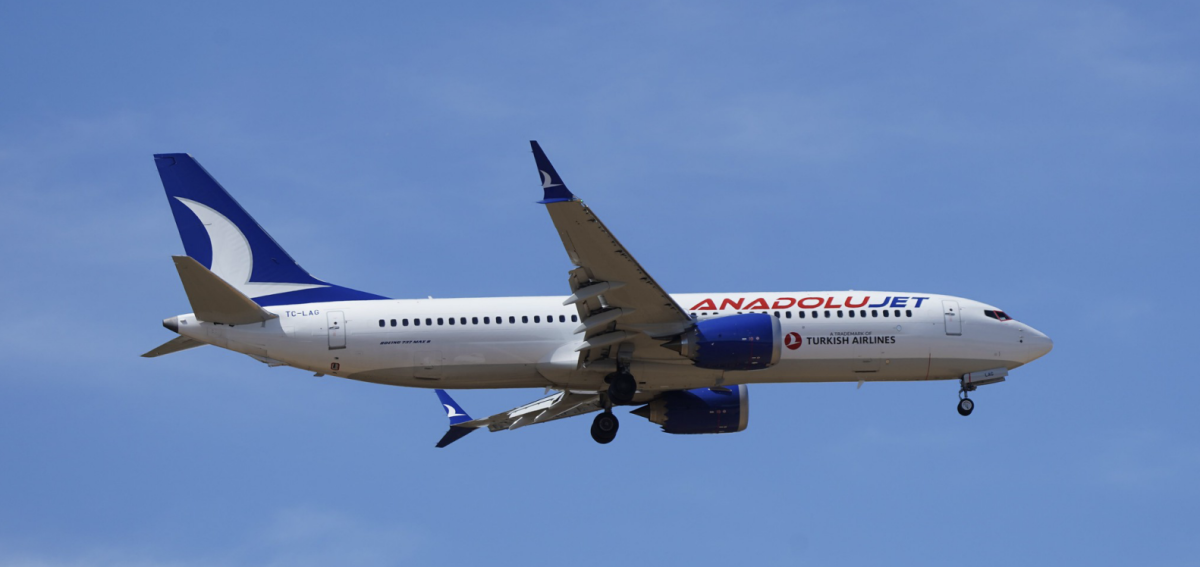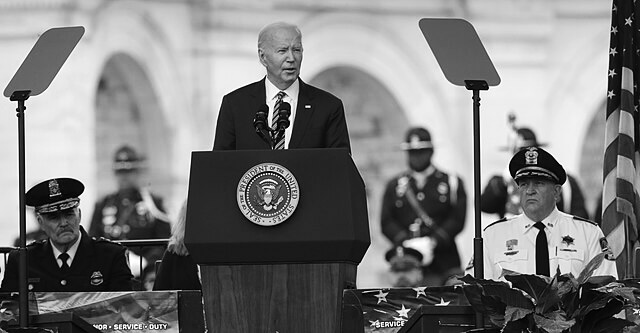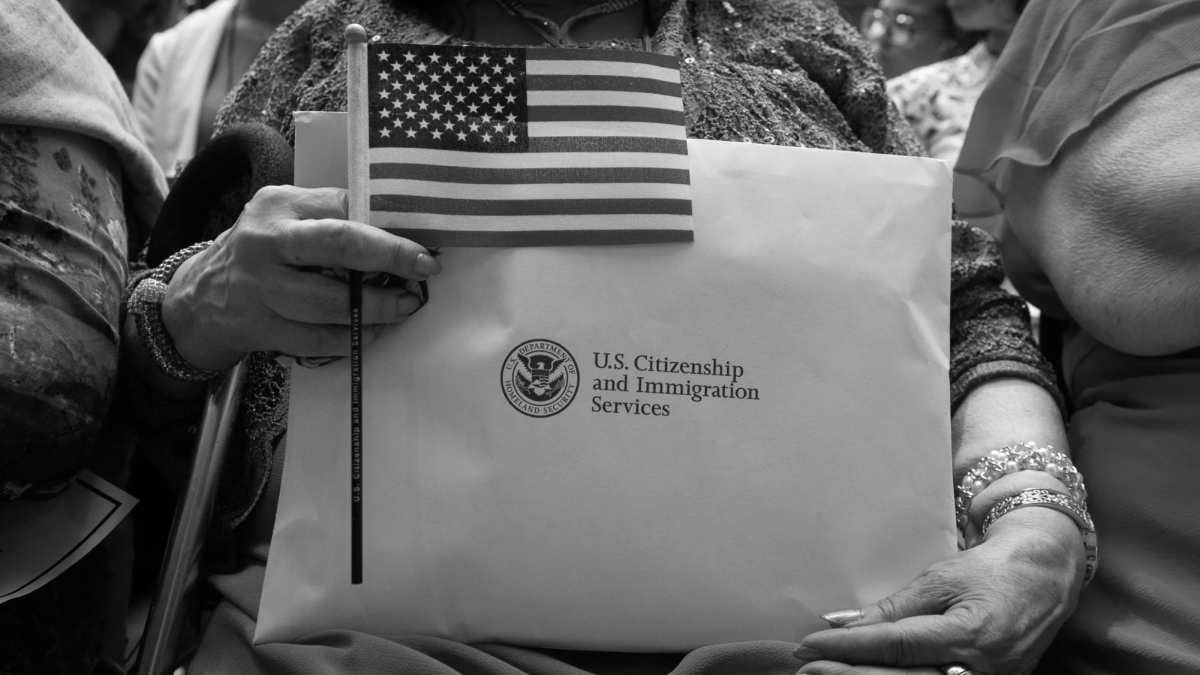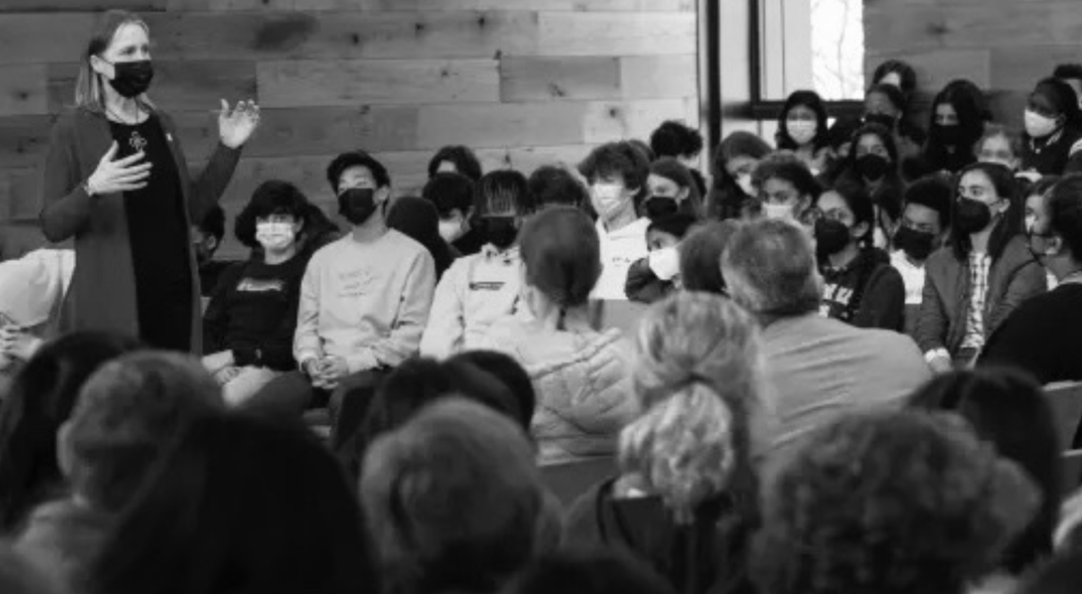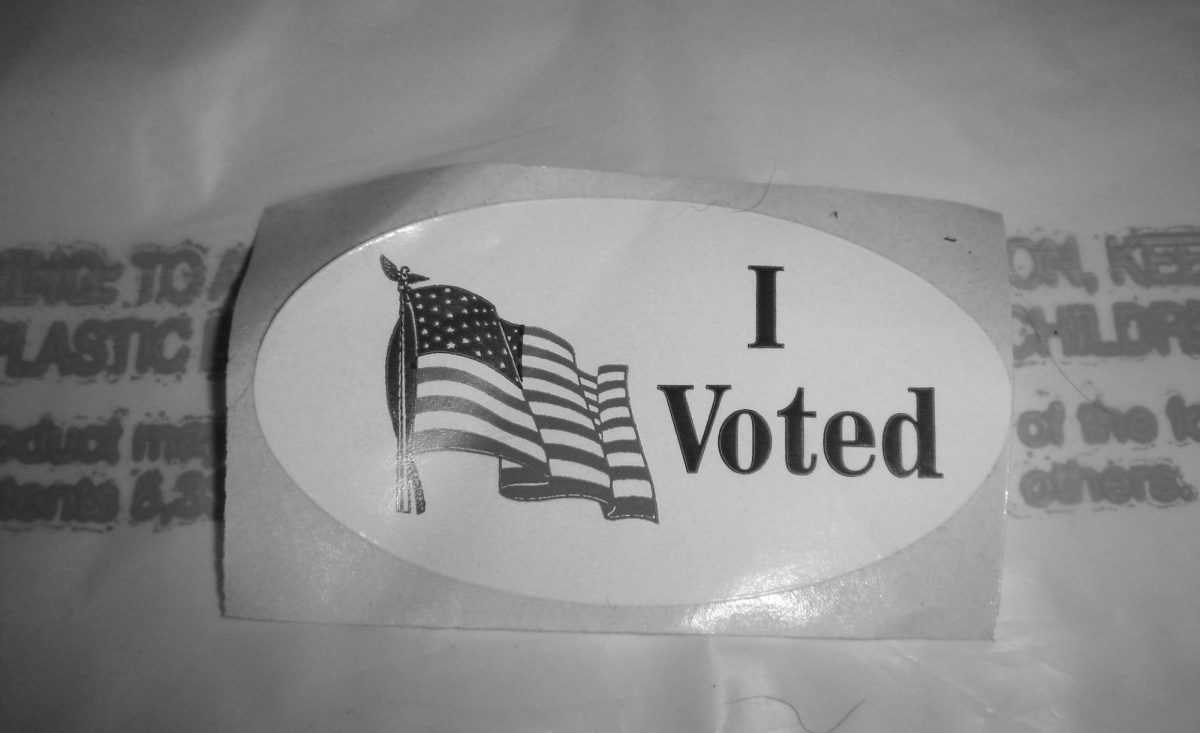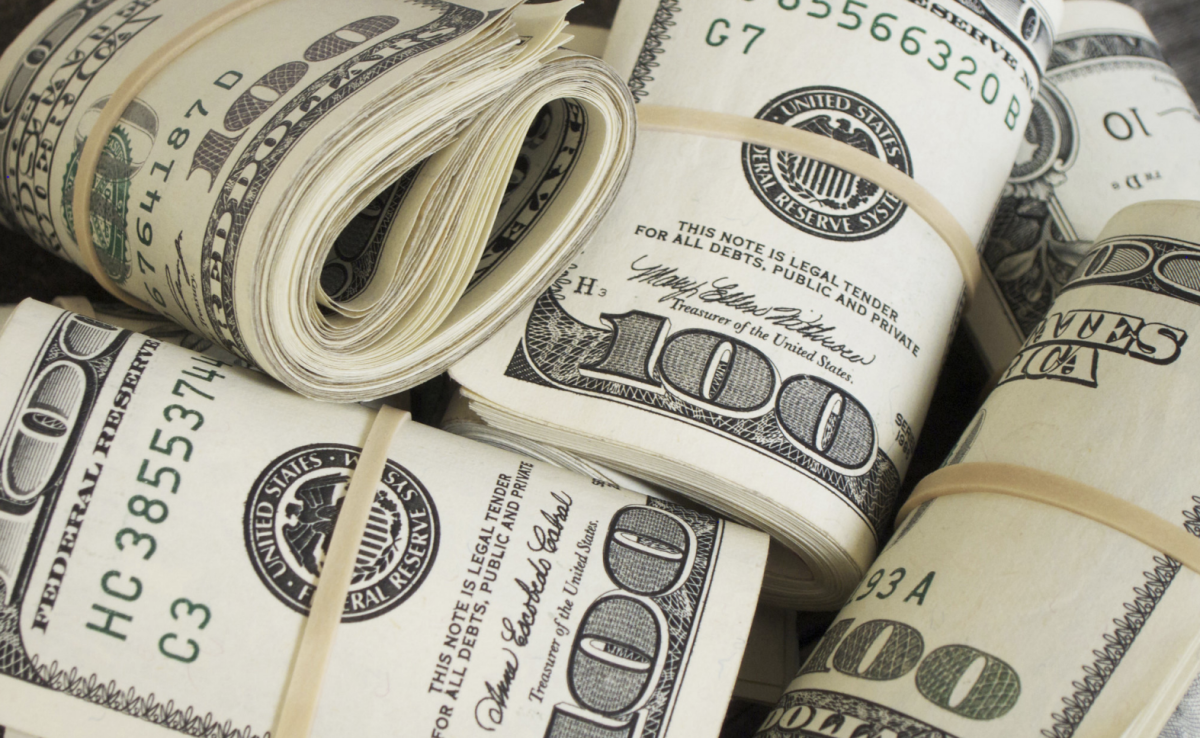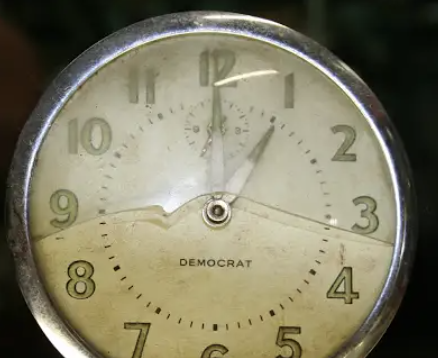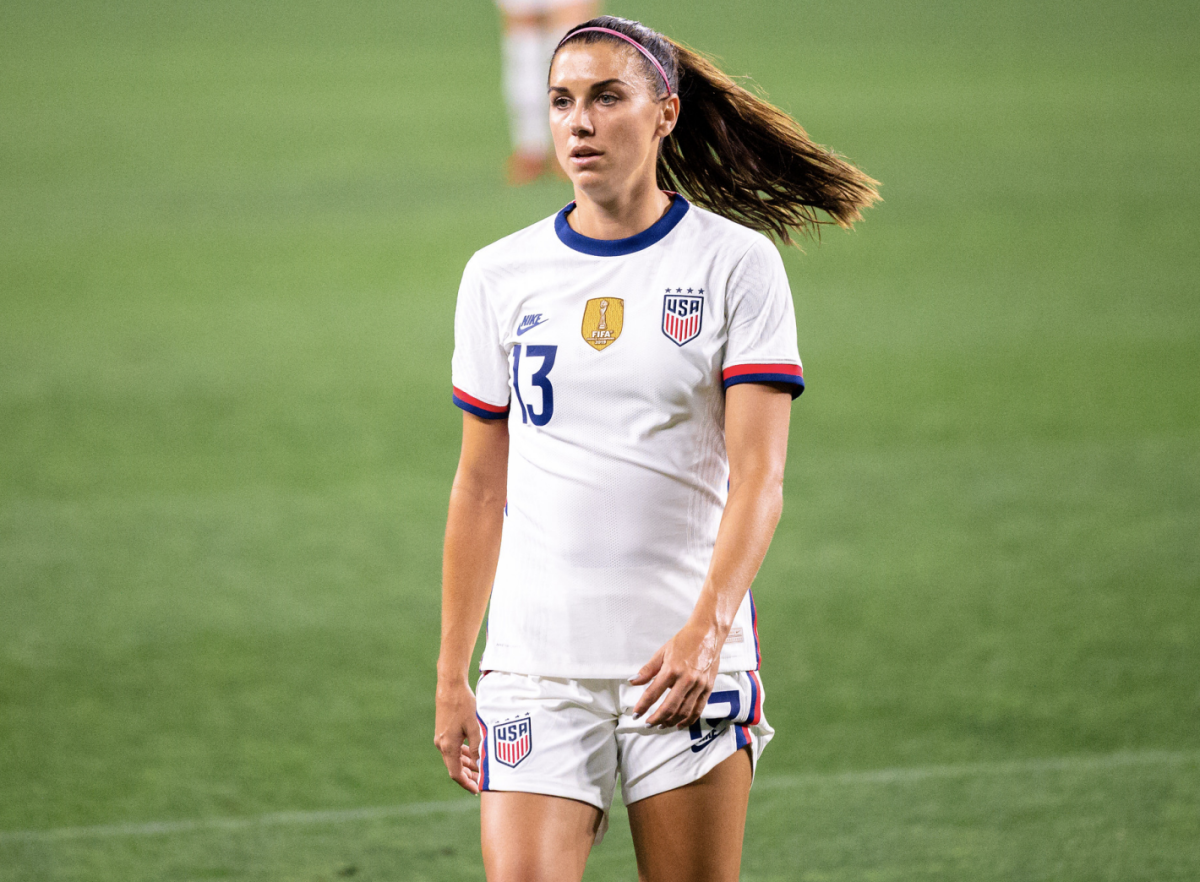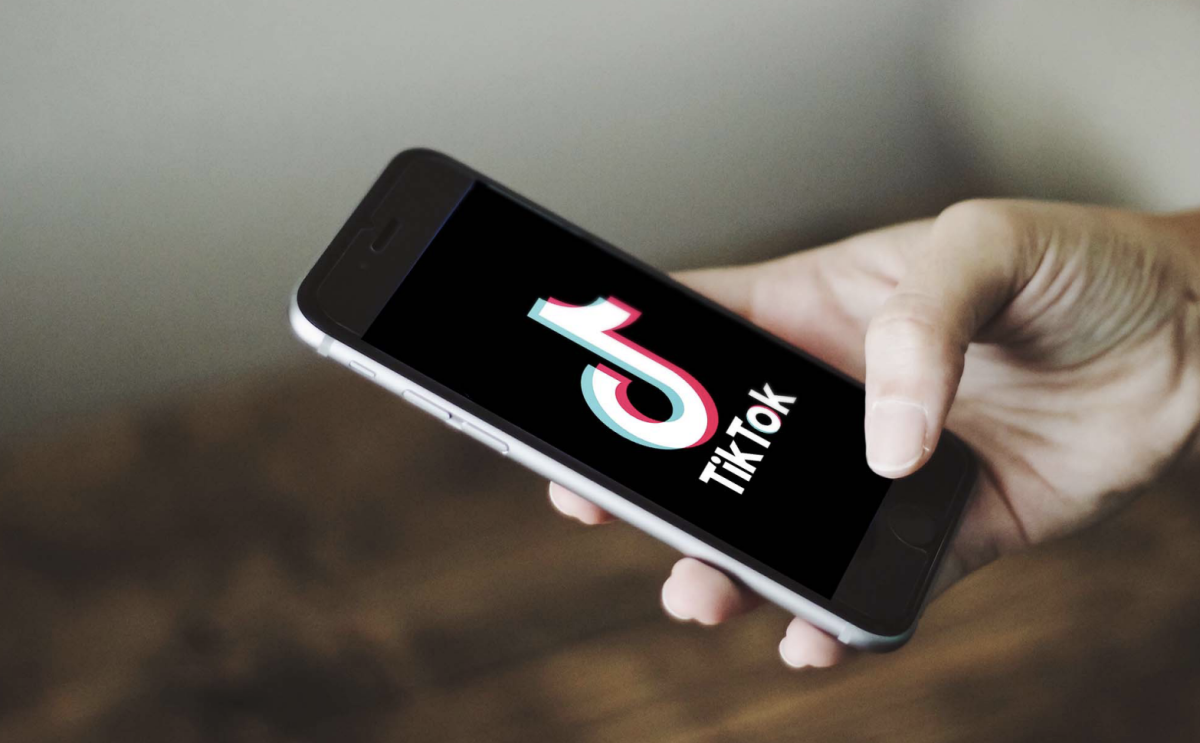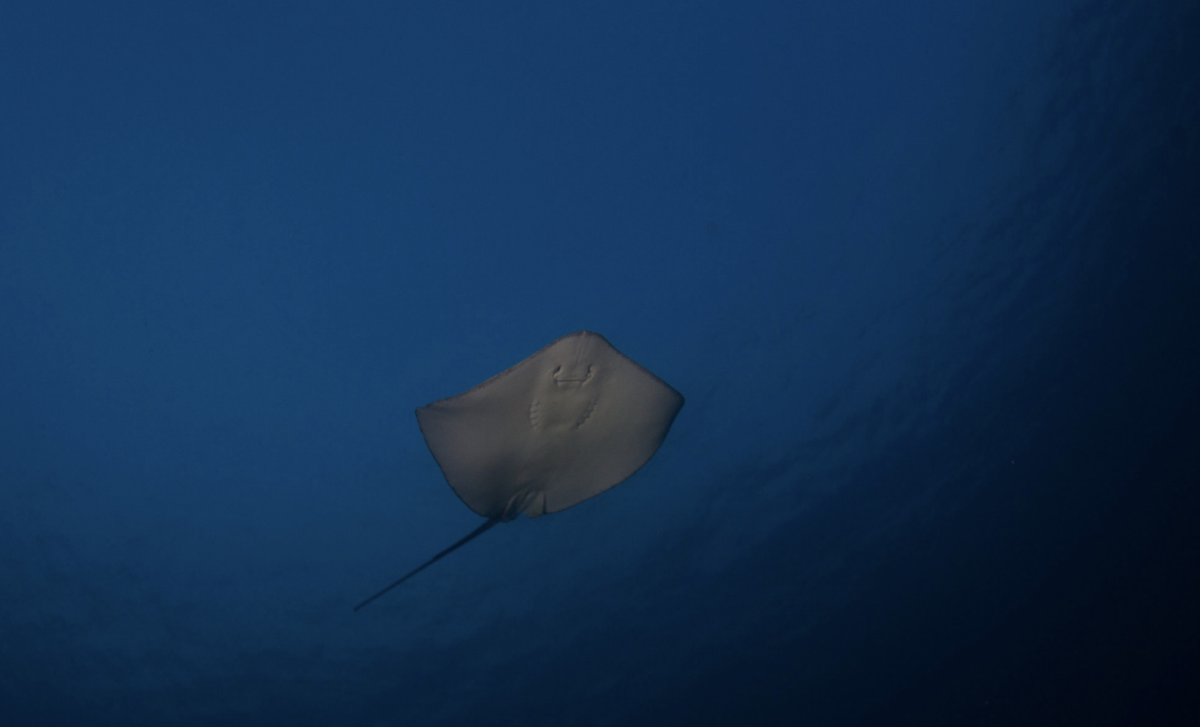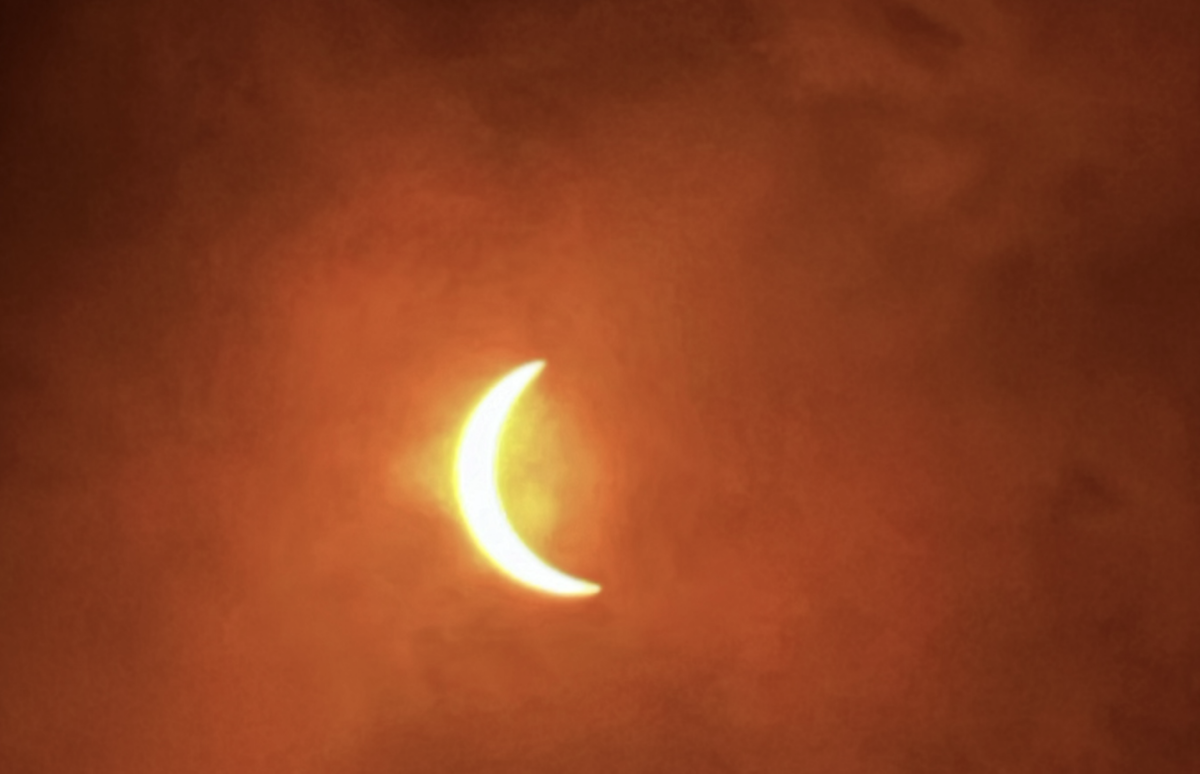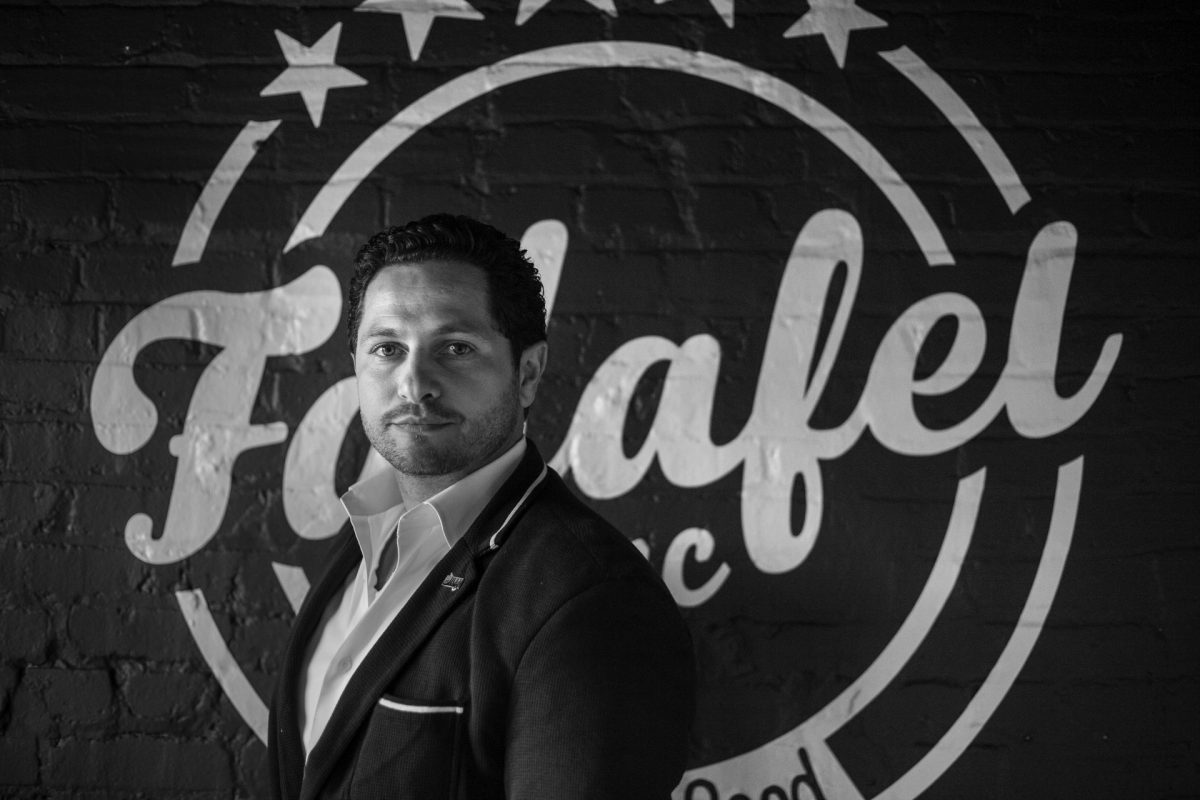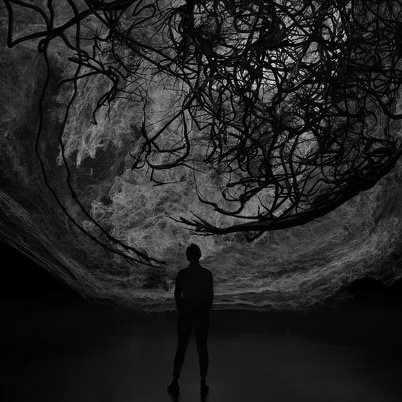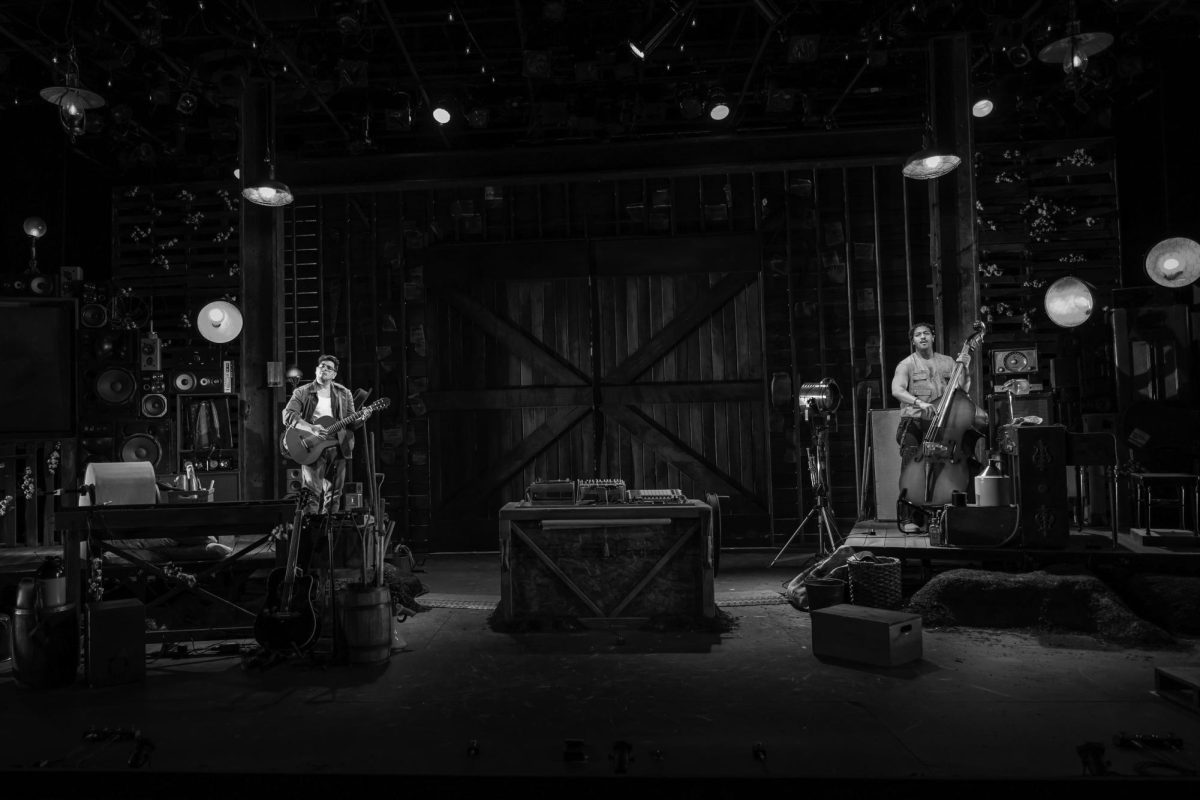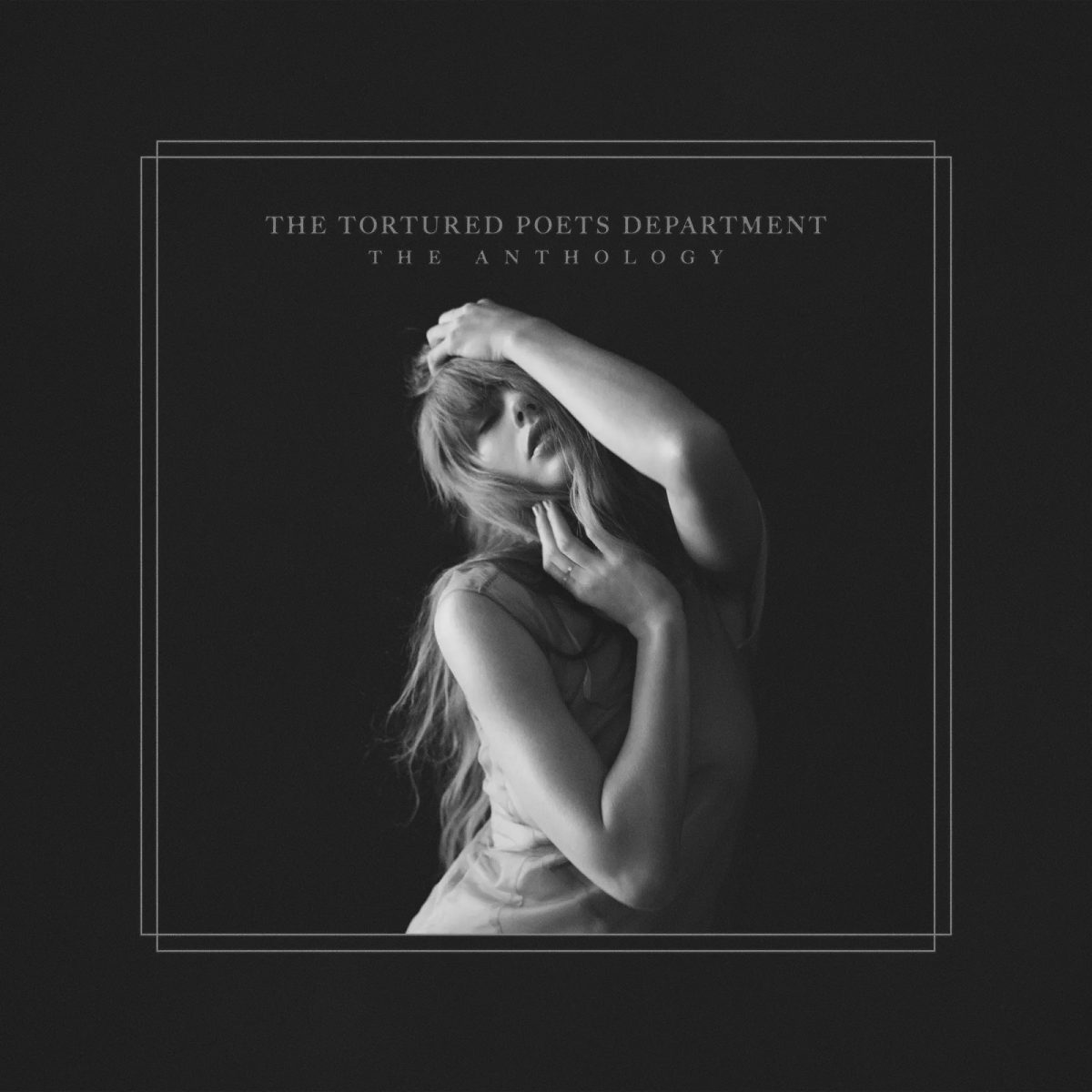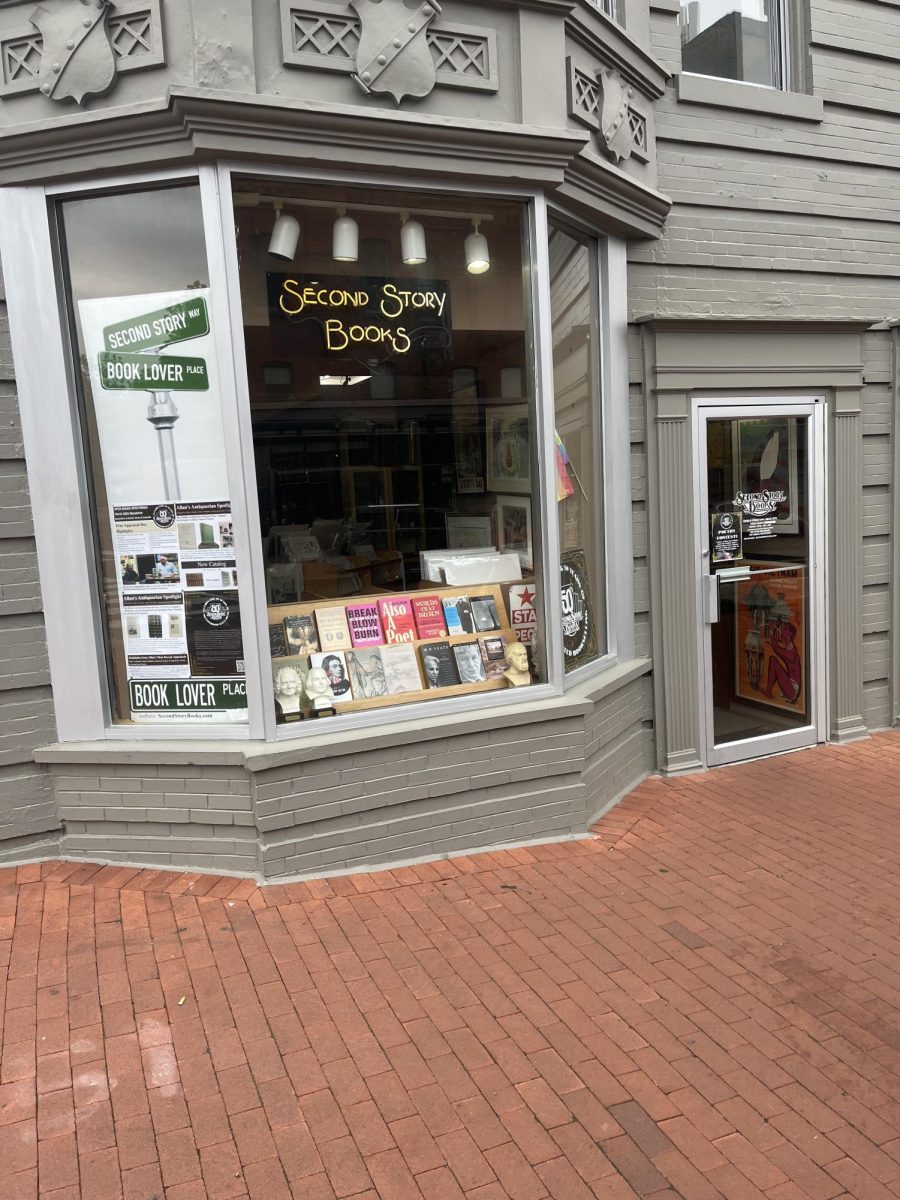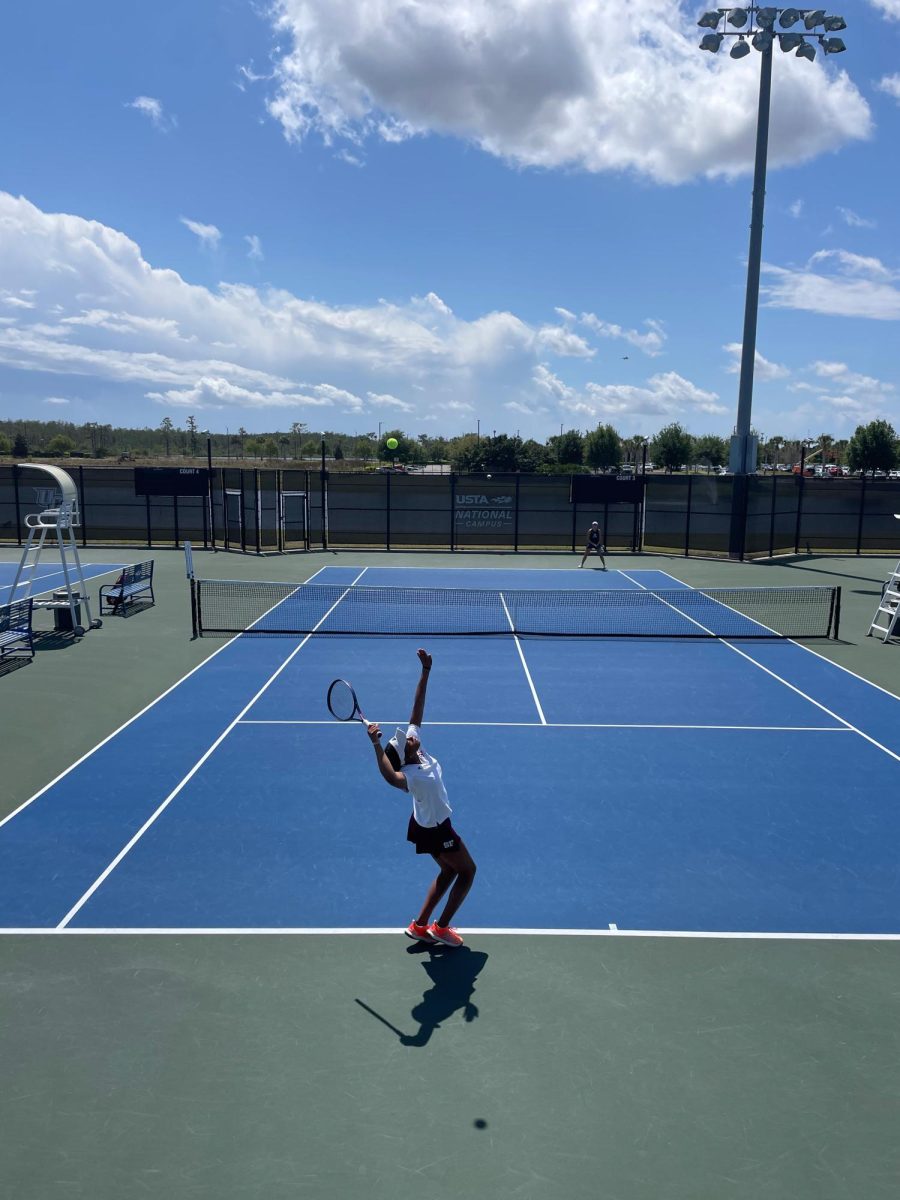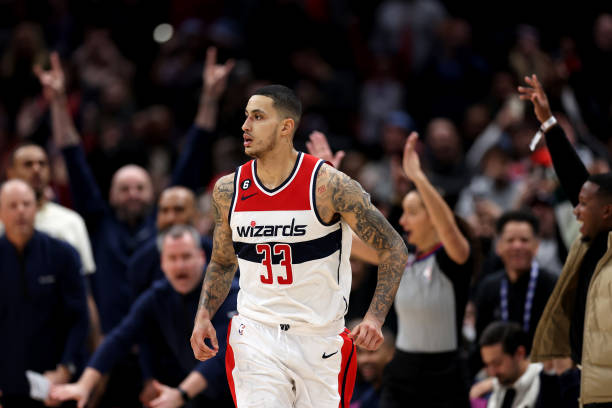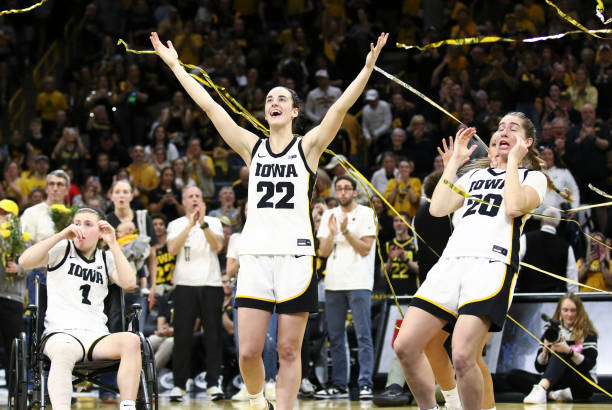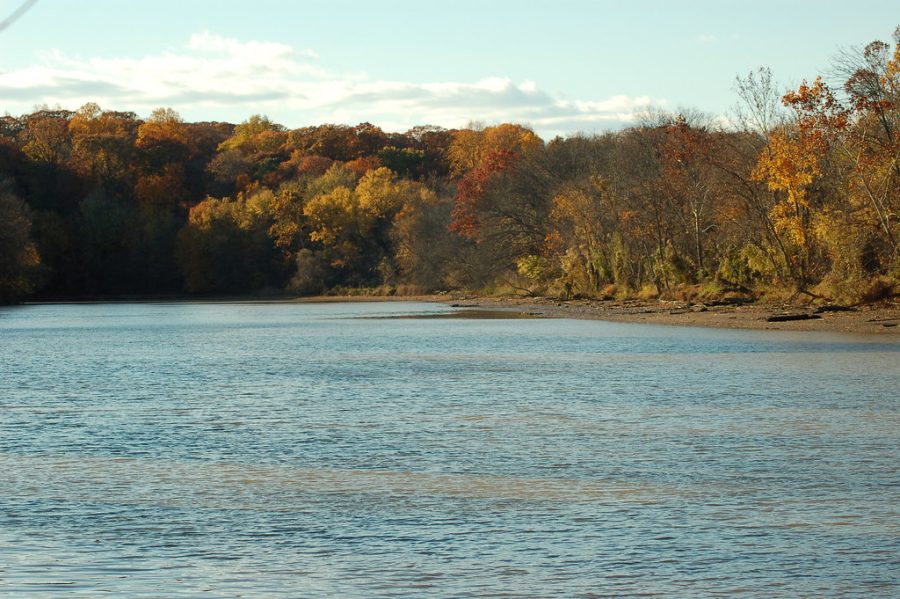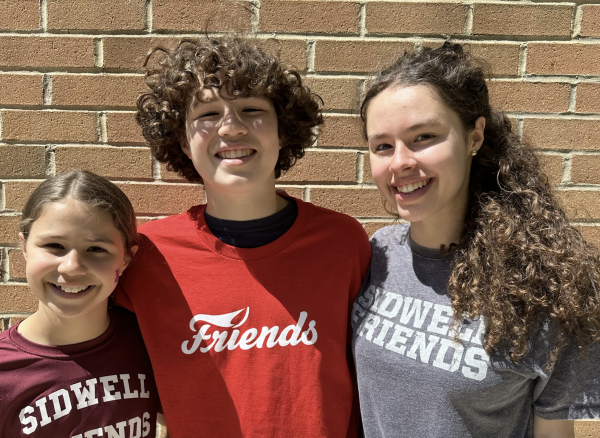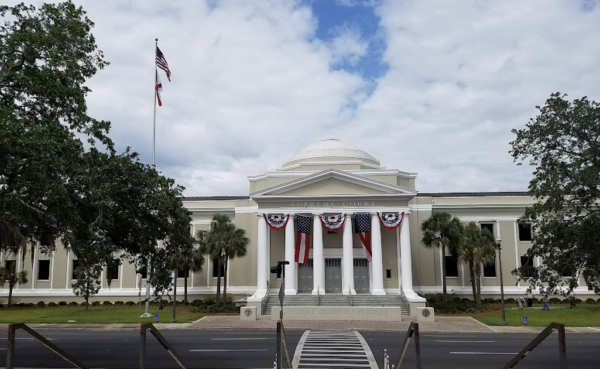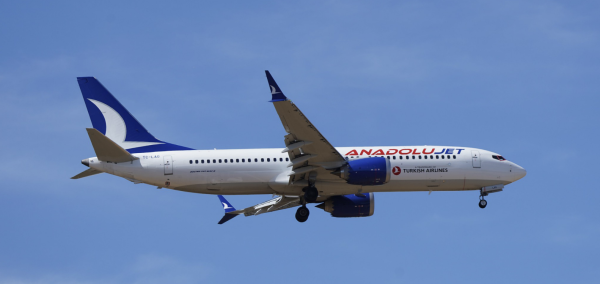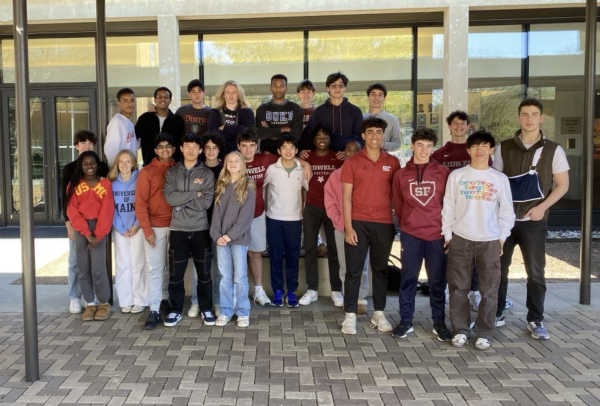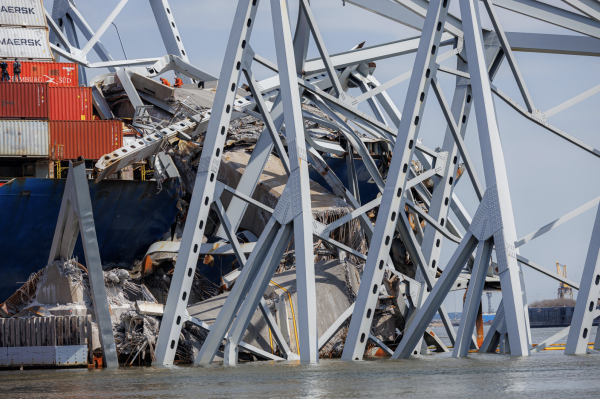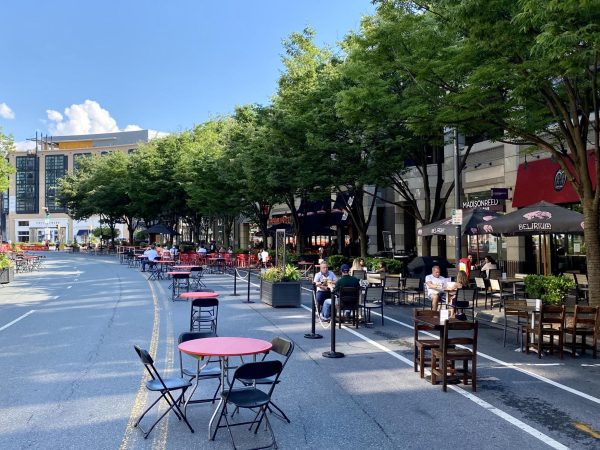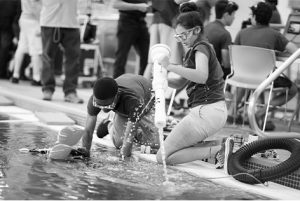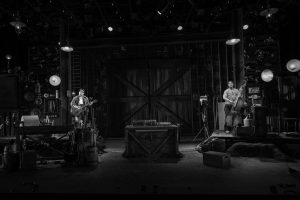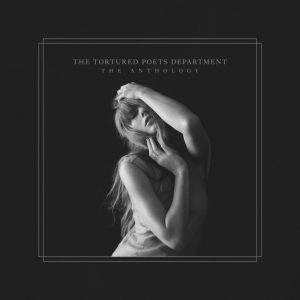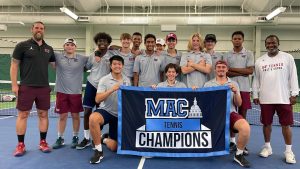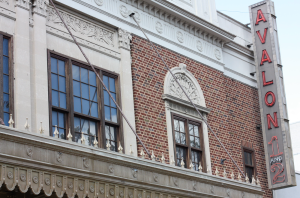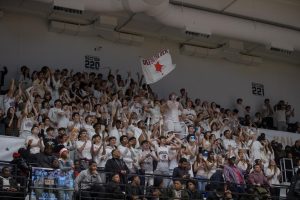Environmental Science Classes Release American Shad
Environmental science students released American shad fish into the Anacostia River. Photo: A. Drauglis via Creative Commons.
Last April, the Sidwell Friends environmental science classes participated in a field trip organized by the Anacostia Watershed Society (AWS). The AWS designed a program to restore the American shad population in Washington rivers with the participation of local schools.The program involved work both at Sidwell and at the Anacostia River, with students raising baby shads provided by the Anacostia Watershed Society before their visit to the river. Students learned how to monitor viable living conditions for the fish, such as water temperature and pH levels that drastically affect the survival of the shad. A week later, students released the fish into the Anacostia River.
While not every student could participate in the field trip, they still helped with raising the eggs. Senior Maddie Mohamadi said of the activity, “Even though I didn’t have the chance to release them into the river, I still enjoyed raising and watching the eggs grow and hatch. I recommend this lab continue in future years, even if it’s just in the classroom.”
Junior Gracie Dogramaci shared, “It was memorable when we released the shad because we had worked for so long to create hospitable water conditions for the shad and helped to raise the eggs.” The project teaches students about the significance of pollution and its consequences on the survival of species and an entire ecosystem.
Alongside the shad release, students took a boat tour of the Anacostia River, where they learned about the river’s local history and the historical sources of pollution. This experience allowed the students to further expand their understanding of the work they had been doing throughout the school year.
“It was incredibly interesting to see locations where polluted sewage water runs into the Anacostia due to poor planning when it came to building the wastewater system in the DMV area,” Dogramaci said. She added that her observations on this trip helped her connect the topics she learned in the classroom to the real world.
Upper School Science Teacher Emily Boyer mentioned that in her environmental science class, students learned about the life cycle of American shad and how to recognize dead, or “dud,” eggs. She hopes they understand how “their efforts will help contribute to the rebound of this important native species.”
Previously, Boyer had helped to run a program at the Anacostia Watershed Society. She enjoyed it because she connected with different schools across the Washington area and found it rewarding to be on the teaching end of the experience.
Dogramaci added, “This trip was one of the highlights of the class for me because we were able to apply much of what we had learned and use it in an actual activity that would have a beneficial impact on shad populations as well as the reliant ecosystem.”
Dogramaci believes connecting her learning to real-world scenarios helped her become more engaged in her classwork through learning about the impacts of human action on the environment and its ecosystems. She also enjoyed the hands-on learning during their trip and connecting to the natural community of the area.
Students and teachers found Sidwell’s work with the Anacostia Watershed Society to be memorable, engaging and interactive, and they hope to continue restoring American shad populations in the Washington area.
Passionate about direct contact with conservation efforts as a part of learning, Boyer hopes that Environmental Science classes can continue this field trip in future years. “It’s such a great experience for students to be connected to local ecology and conservation. This project also connects really well to many different topics we learned about in Environmental Science,” said Boyer.
Your donation will support the student journalists of Sidwell Friends School. Your contribution will allow us to purchase equipment and cover our annual website hosting costs.

Caroline Mohamadi is currently a Business Manager for Horizon, a position she held in the 2023-2024 and 2024-2025 school years. Prior to this, she worked...
